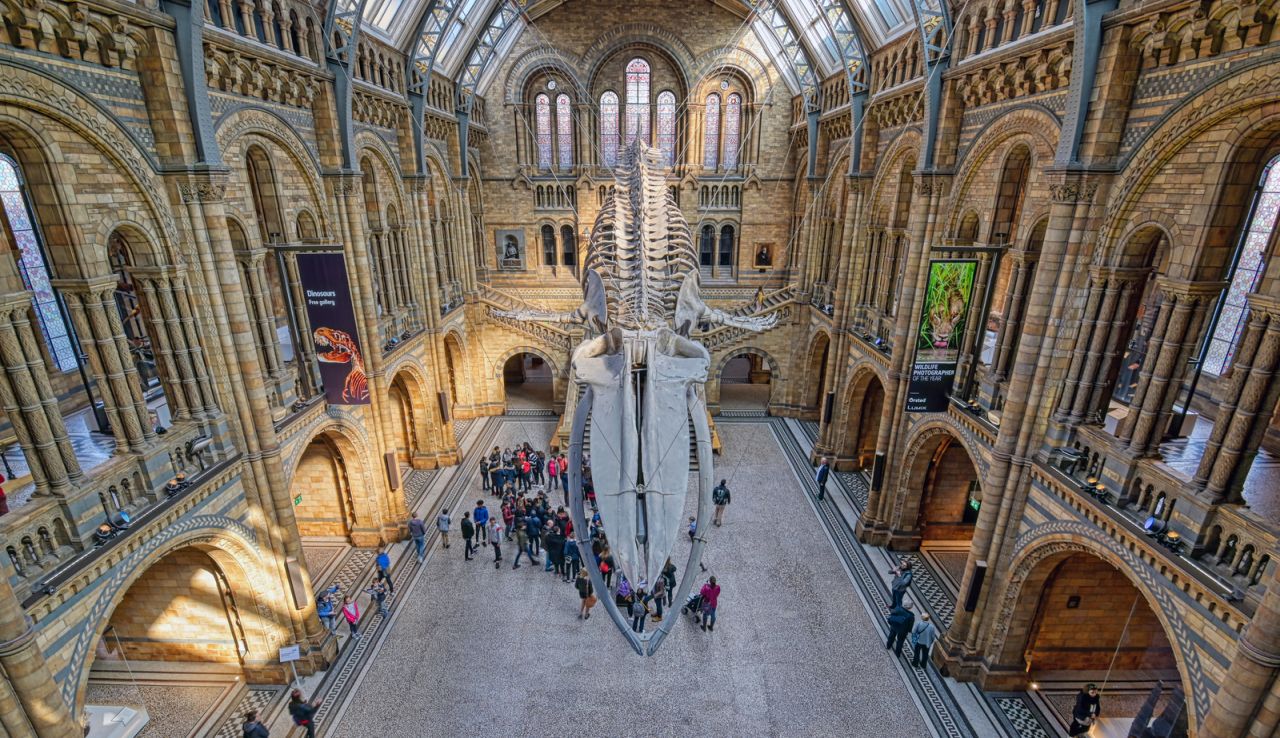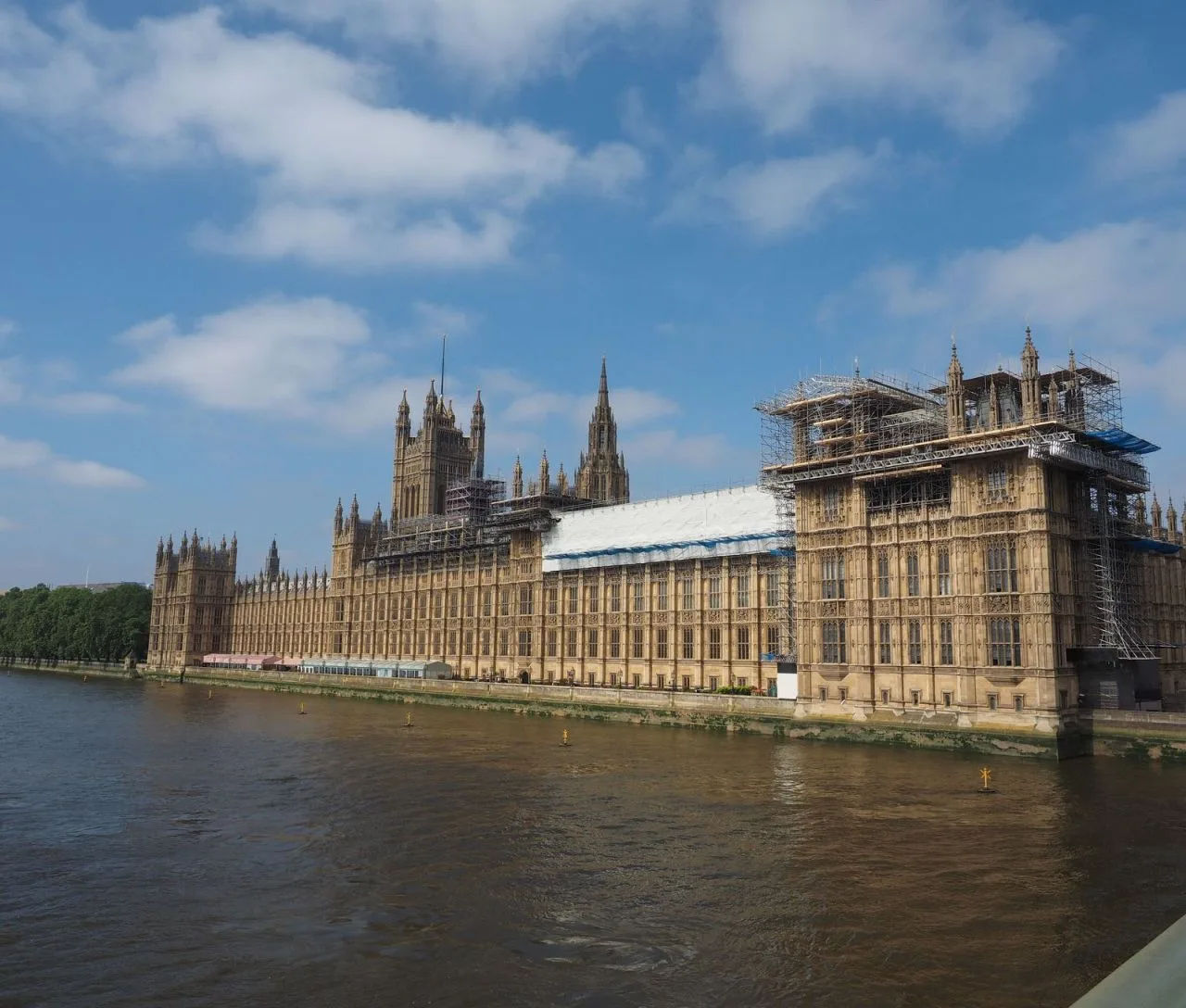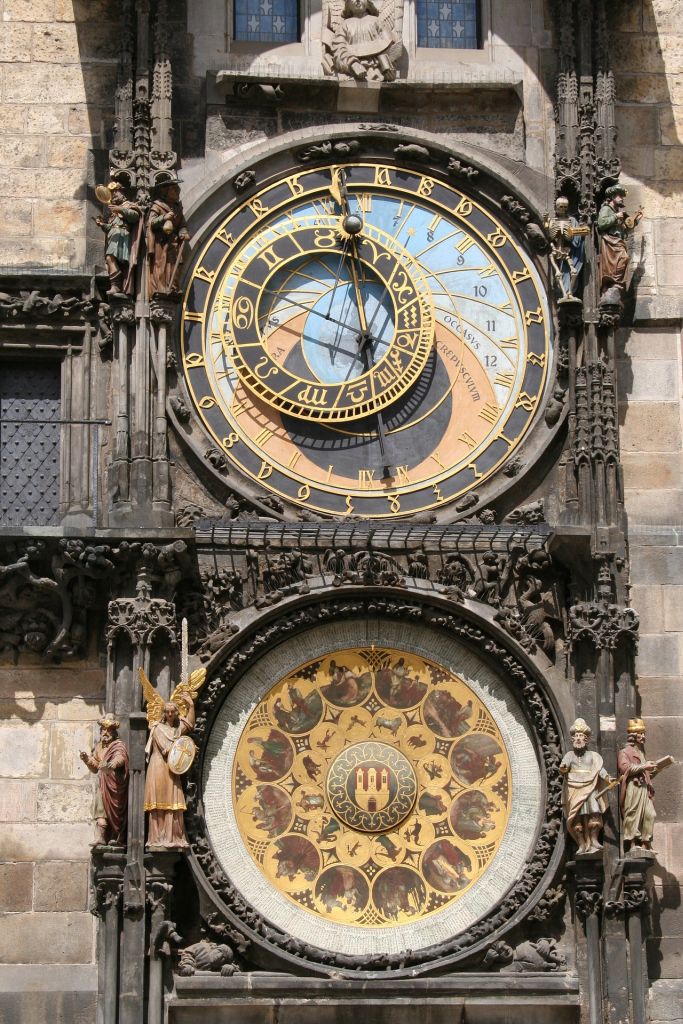Natural History Museum (London, UK)
The Natural History Museum, located in one of London’s most stunning landmark buildings, is home to hundreds of intriguing and engaging exhibitions.
There are several notable galleries including the famous Dinosaurs gallery, Mammals, which features an amazing model blue whale, and the majestic Central Hall, which houses the Museum’s iconic Diplodocus skeleton.
Quick Facts
- Name: Natural History Museum
- Location: Cromwell Rd, South Kensington, London SW7 5BD, UK
- Founded: 1881
- Type of attraction: Museum
- Ticket price: Free
It is not to be missed, either, the state-of-the-art Cocoon, where you can have a self-guided tour and observe hundreds of intriguing species as well as peer inside laboratories where scientists are hard at work.
The Museum offers a diverse program of temporary exhibitions and events, including opportunities to participate in relevant discussions about science and nature with experts in the Darwin Centre’s high-tech Attenborough Studio.
LOCATION
The museum is located on Exhibition Road in South Kensington, together with other two famous museums: the Science Museum and the Victoria and Albert Museum
The address is: Cromwell Rd, South Kensington, London SW7 5BD, UK.
Here is a map:
HISTORY
The Natural History Museum got its start in 1753 when Sir Hans Sloane, a doctor to the world’s rich and famous, agreed to let the British government buy his collection of remarkable specimens he’d collected on his travels.
The collection was adopted by the British Museum, but because of the inept handling it received from museum employees, the department campaigned to be established as an independent body.
The Director of the Library was well-known for his disdain for natural history, and one of his employees threatened to trash any shell that wasn’t listed in specific scientific literature, while another removed all the bug labels recognized by a rival.
Though the Natural History Museum finally had its own home in 1881, it was remained known as the British Museum (Natural History) until 1992, when it gained full independence and its own board of directors.
WHAT TO SEE IN THE MUSEUM?
The museum is divided into zones, with distinguished collections between them. Here is a brief description of zones:
The Blue Zone focuses on the incredible variety of life on Earth and is by far the most popular stop for younger tourists. Why? Just one word to sum it up: dinos! The animatronic T.rex in the Dinosaur Galleries is impressive, but the mammals show also includes a life-size blue whale replica and some entertaining brain games in the Human Biology area.
The Green Zone. In the awe-inspiring Hintze Hall, the first things you’ll notice are the 1,300-year-old gigantic sequoia tree and the diplodocus skeleton, and this is only the beginning of the Green Zone.
Don’t miss the creepy crawlies or the Vault, which contains the oldest thing you will ever see in your life – diamond dust produced from an exploding star billions of years ago.
The Red Zone. Take an escalator ride into the Earth’s core to enter the Red Zone and you’ll immediately know what to expect. Your trip through the Earth will reveal the enormous forces that shape our globe, and that’s just the beginning. Don’t miss the Volcanoes & Earthquakes exhibit, where the floor shakes to simulate a real-life tremor.
The Orange Zone. The beautiful animal garden in Orange Zone opens from March to early November, while Darwin Centre is a key attraction year-round. From the top of the gigantic cocoon-shaped lift, you descend seven levels to explore the exhibitions on foot. The Spirit Collection, which has 22 million preserved beings in spirit jars, can be found here.
Special tours and events
There’s always something going on at the Museum, from adult sleepovers to quiet discos. Night At The Museum is an annual event in which admission is free and the Museum stays open until midnight on the last Friday of the month.
The Darwin Centre’s popular Spirit Collection tour is available year-round and should not be missed. It costs £10 and takes around 50 minutes; be on the lookout for Archie, an 8.62m huge squid, and see specimens gathered by Darwin himself.
HOW TO GET THERE?
If you are using public transport, the nearest underground station is South Kensington, about a five-minute walk from the Museum’s main entrance on Exhibition Road.
Gloucester Road station is about a 12-minute walk from the main entrance on Cromwell Road.
There is no parking available for people visiting by car.
Interesting facts about Natural History Museum
Here are some interesting facts about this amazing museum:
- There are simply too many objects in the museum’s collection to exhibit them all. As a result, the remaining specimens are kept in a variety of locations behind the scenes. The Spirit Room, for example, is home to hundreds of species preserved in liquids in jars or tanks. Some of them date back several hundred years, while others are very recent creations. One of them is Archie, a massive squid.
- A unique feature of the Natural History Museum‘s gargoyles is that all of them are intricately carved animals rather than the usual grotesques with human or mythological forms. Several other animal carvings can be found in the elaborate decorations inside and outside of this magnificent structure.
- The Great Exhibition of 1851 was strongly influenced by Prince Albert, who was highly involved in its planning. After the show was a success, he recommended that the money be used to buy land in the area that is today known as South Kensington. The Natural History Museum and other major educational and cultural institutions were built in the area.
Read more: Interesting facts about Natural History Museum
OPENING HOURS
Monday
10.00-17.50
Tuesday
10.00-17.50
Wednesday
10.00-17.50
Thursday
10.00-17.50
Friday
10.00-17.50
Saturday
10.00-17.50
Sunday
10.00-17.50








